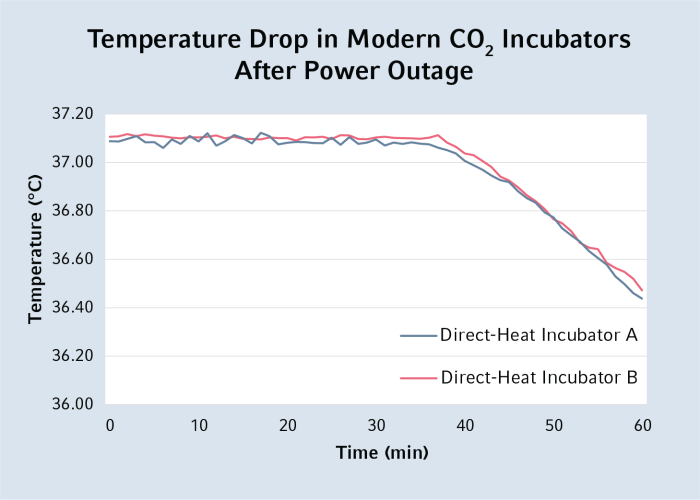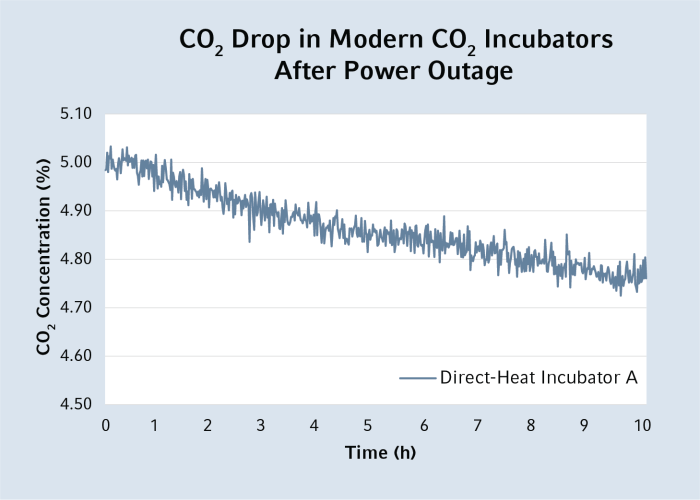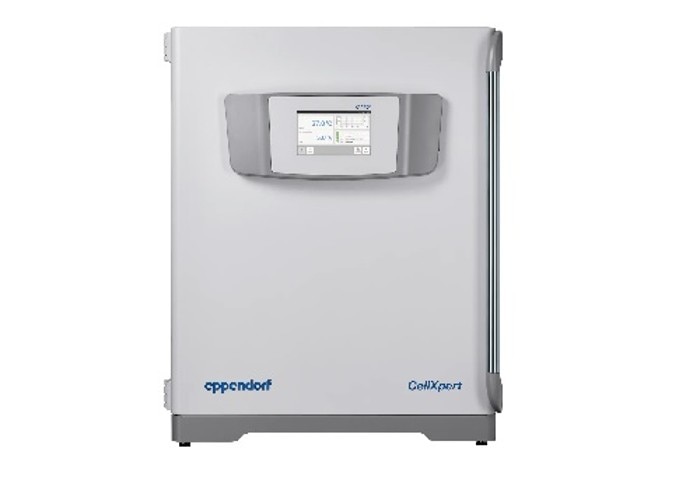MENU
NL | EUR
-
-
- Forum Labo 2025
- Advanced Therapies Week (ATW) 2025
- SLAS Europe 2025
- Bioprocessing Summit Europe 2025
- Medlab Middle East 2025
- SLAS International 2025
- Biologics World Nordics 2025
- ASIA LABEX: The Lab Show 2025
- BioProcess International Europe 2025
- ISEV 2025
- Future Labs Live 2025
- DataHow Symposium 2025
- Cell 2025
-
-
-
-
- Forum Labo 2025
- Advanced Therapies Week (ATW) 2025
- SLAS Europe 2025
- Bioprocessing Summit Europe 2025
- Medlab Middle East 2025
- SLAS International 2025
- Biologics World Nordics 2025
- ASIA LABEX: The Lab Show 2025
- BioProcess International Europe 2025
- ISEV 2025
- Future Labs Live 2025
- DataHow Symposium 2025
- Cell 2025
-
-
NL | EUR
-
- Benchtop Centrifuges
- Floor-Standing Centrifuges
- Refrigerated Centrifuges
- Microcentrifuges
- Multipurpose Centrifuges
- High-Speed Centrifuges
- Ultracentrifuges
- Concentrator
- IVD Products
- High-Speed and Ultracentrifuge Consumables
- Centrifuge Tubes
- Centrifuge Plates
- Device Management Software
- Sample and Information Management
No results found
Search Suggestions

Water-jacketed incubators: Do they really hold the temperature longer during power outages?
Lab Academy
- Cell Biology
- Cell Culture
- Stem Cells
- Lab Routine
- Reproducibility
- CO2 Incubators
- Essay
In this article, we look at the questions whether water-jacketed incubators offer advantages during power outages.
This article was published first in "Inside Cell Culture" , the monthly newsletter for cell culture professionals. Find more interesting articles about CO2 incubators on our page "FAQs and material on CO2 incubators" .
Water-jacketed incubators have been traditionally chosen by cell culture labs with high demands regarding temperature uniformity and temperature stability during power outages. In our article series, we will analyze and evaluate the advantages and limitations of this incubator heat transfer technology and compare it to direct heat and air-jacketed incubators. In our last articles, we looked at the main disadvantages of water-jacketed incubators and the question of whether they can really provide higher temperature uniformity and higher relative humidity.
Introduction
Water-jacketed incubators have been traditionally chosen by cell culture labs with high demands regarding temperature uniformity and temperature stability during power outages. In our article series, we will analyze and evaluate the advantages and limitations of this incubator heat transfer technology and compare it to direct heat and air-jacketed incubators. In our last articles, we looked at the main disadvantages of water-jacketed incubators and the question of whether they can really provide higher temperature uniformity and higher relative humidity.
Read more
Read less
Do water-jacketed incubators hold the temperature longer during power outages?
Due to the high specific thermal capacity of water and the 40–-70 L of water in the jacket, water-jacketed incubators can indeed hold the temperature for a long time. However, to estimate the relevance of this feature, it is necessary to get an idea of the current or expected power outage duration in the lab.
Brief power outages, in the range of a few minutes, are unlikely to affect cell cultures in any modern incubator: regardless of the heating technology, most modern devices restore the set temperature automatically. Also, longer power outages of up to ~40 min are unlikely to have an impact on the temperature inside direct-heat and air-jacketed devices with built-in high temperature disinfection come with effective insulation to keep the heat inside and protect the user from hot surfaces.
Brief power outages, in the range of a few minutes, are unlikely to affect cell cultures in any modern incubator: regardless of the heating technology, most modern devices restore the set temperature automatically. Also, longer power outages of up to ~40 min are unlikely to have an impact on the temperature inside direct-heat and air-jacketed devices with built-in high temperature disinfection come with effective insulation to keep the heat inside and protect the user from hot surfaces.
Read more
Read less

Irrespective of the heat-transfer technology, power outages of several minutes are unlikely to affect cell cultures in modern incubators because most of them restore the set temperature automatically. Especially direct-heat (see graph) and air-jacketed devices with built-in high temperature disinfection come with effective insulation to keep the heat inside and protect the user from hot surfaces. These incubators can effectively hold the temperature inside during power outages of up to 40 min.
If power outages longer than ~60 min are expected, a water-jacketed incubator can generally be more effective at maintaining the temperature. Exemplary values for the non-linear temperature drop inside these devices are in the range of 0.8–1 °C/h, depending on the room temperature. The question becomes, what temperature and therefore power outage time is acceptable before cell cultures should be discarded?
Read more
Read less
Important additional factors to consider during power outage
In addition to the temperature, several additional aspects should be considered regarding sample integrity during and after power outage:
- CO2 leakage: As the CO2 control also depends on power, the incubator will also lose CO2 over time. Therefore, a culture-protective incubator will also need to be gas leakage tight to a certain extent. However, corresponding data has not been found during the analysis of currently available water-jacketed devices. What makes the gas-tightness even more important is the fact that in contrast to the temperature, the loss of CO2 begins immediately with the power outage–there is no CO2 storage capacity. Therefore, it is advisable to request CO2 drop data from the manufacturer if prolonged power outages are expected.
Let´s look at an example: If a medium with 26 mM NaHCO3 is used, e.g., Eagle's minimal essential medium (EMEM) or Earle’s Balanced Salt Solution (EBSS), the physiological pH of 7.2–7.4 is achieved with 4.5 – 6.5 % CO2. If 5 % CO2 is used as the standard incubation parameter, the question is when after power outage the CO2 level will drop to 4.5 %, the limit of physiological pH. For a leakage-tight, gas-saving incubator, this level is reached after ~10 h at the earliest. In contrast, less tight devices including water-jacketed devices may reach this CO2 level after only 180 min. So, despite the culture being warm, the medium pH will be already out of specification and the cells warm but lost.
Read more
Read less

In addition to temperature drop specification after power outage, the CO2 drop should be considered to ensure physiological conditions. Modern, gas leakage-tight CO2 incubators, irrespective of the heat-transfer technology, can hold the CO2 concentration in the physiological range for several hours.
- Temperature recovery: The advantage of high thermal capacity of water-jacketed incubators is a disadvantage at the same time. It takes significantly longer for water-jacketed incubators to get back to the initial setpoint after a power outage, compared to direct heat or air-jacketed incubators. About 12 hours is required for water-jacketed incubators to stabilize at a temperature of 37°C again once the inside temperature has dropped to room temperature. Therefore, an entire working day or more can be lost to cleaning the incubator and restoring the temperature if the experiment needs to be discarded and new cultures started.
Read more
Read less

Just like water-jacketed incubators, heavy tiled stoves hold the temperature for a long time but also need time to heat up.
- Monitoring system: Consider acquiring a monitoring system for your sample storage units and incubators. With these systems, you will be notified at the moment of power outage and can follow the parameters remotely. Armed with this knowledge, you can also make an informed decision about your next steps in the lab. It is meaningless to invest in a temperature-conserving and gas-leakage tight incubator only to find out in the morning that the power had gone just after your left the lab yesterday, necessitating all your cultures to be discarded.
Read more
Read less
Summary
Indeed, due to the significant volume of water inside the jacket, water-jacketed incubators can hold the temperature longer during prolonged power outages. However, this feature is only meaningful in contrast to other heat transfer technologies if the expected power outage is exceeding 60 minutes. It should be considered that the longer the power outage, the longer it takes to reheat the water in the device, which may take up 12 hours. Especially if other storage devices like fridges or freezers will be affected by a power outage as well, an investment in a good device monitoring system is highly recommended. Furthermore, if culture integrity during extensive power outages is key, CO2 leakage from the incubator must also be considered.
Read more
Read less
Other articles about water-jacketed incubators
Read more
Read less
Interested in other helpful articles related to selecting, handling, or maintaining CO2 incubators?
Read more
Read less


